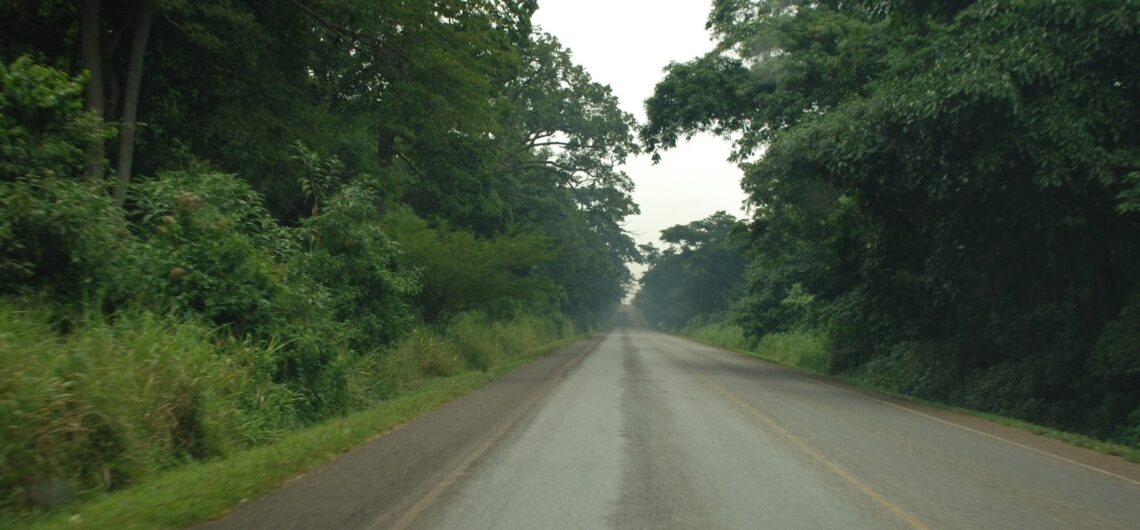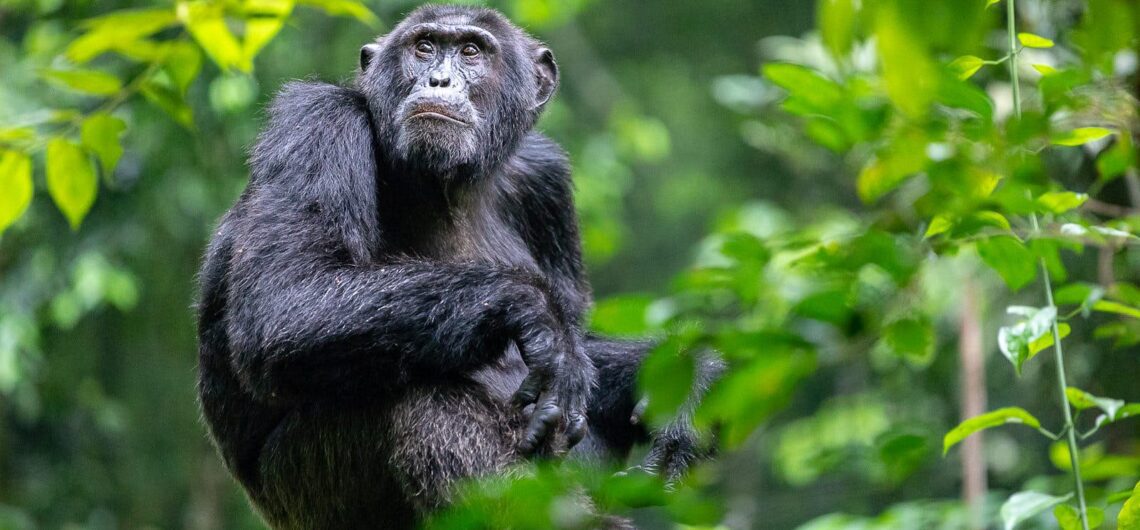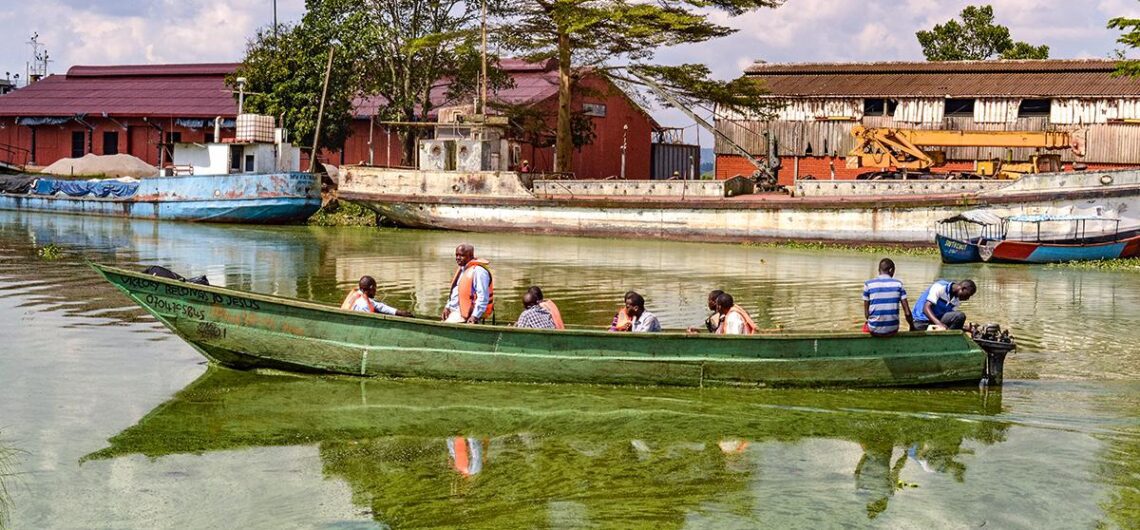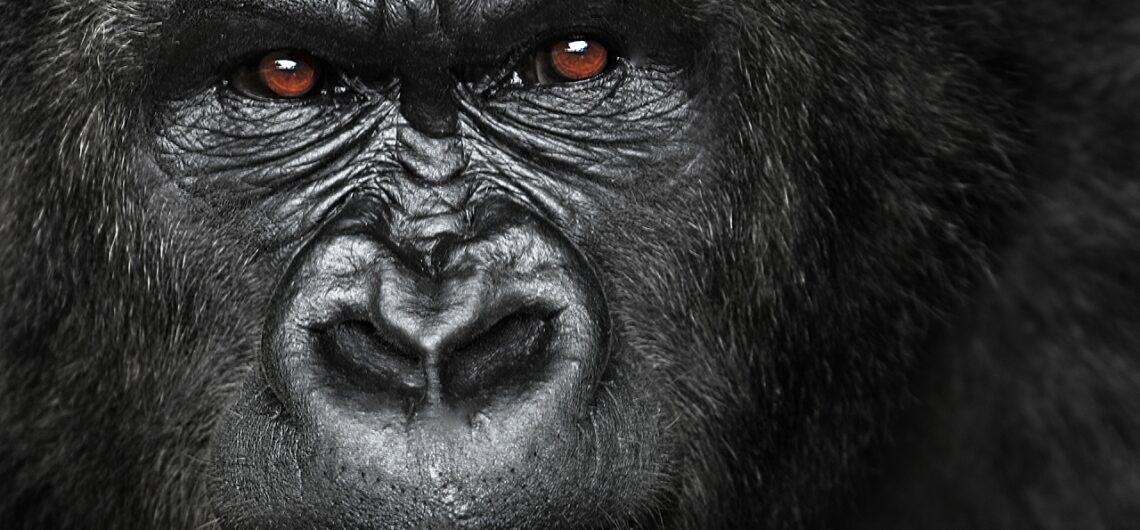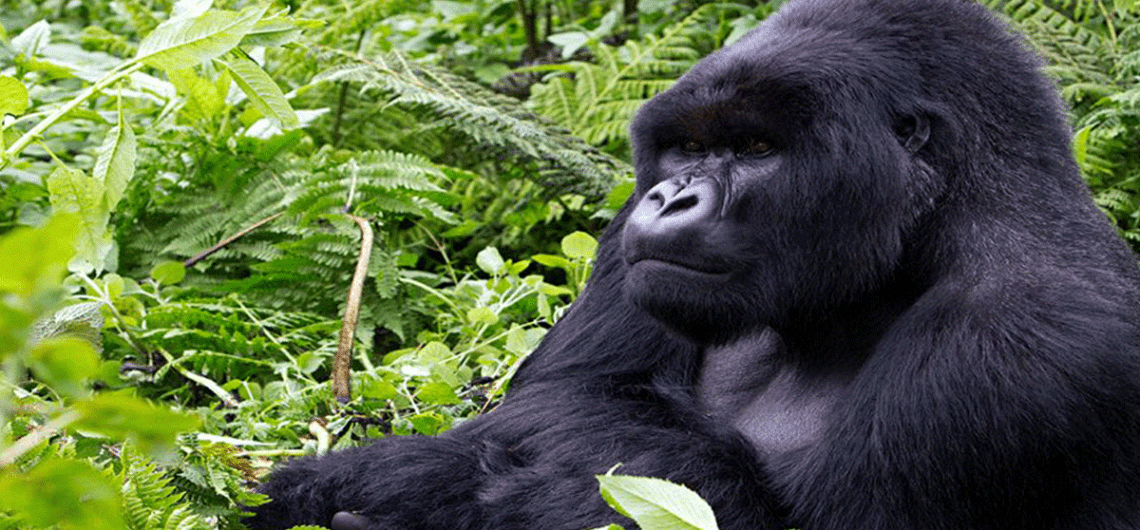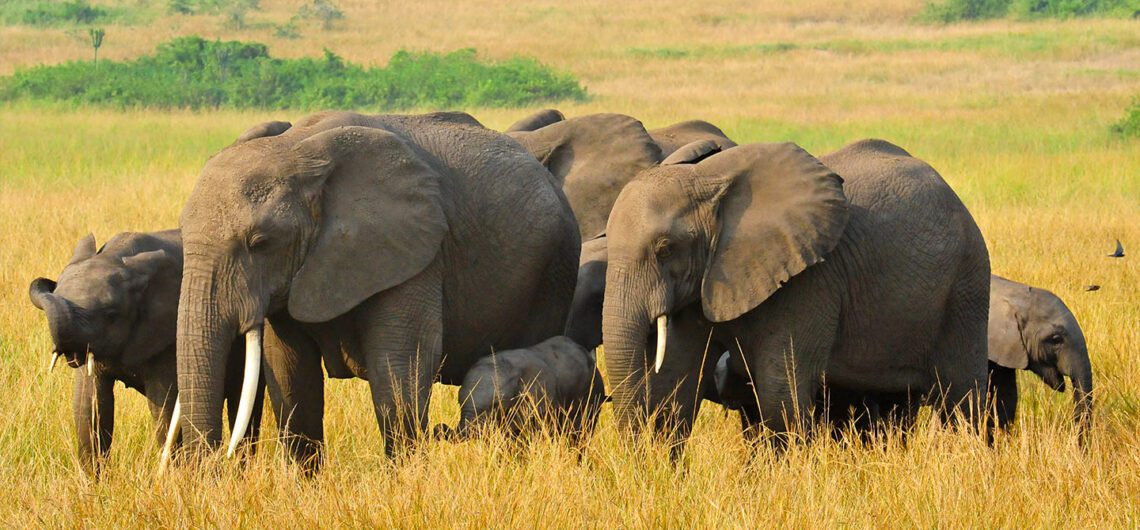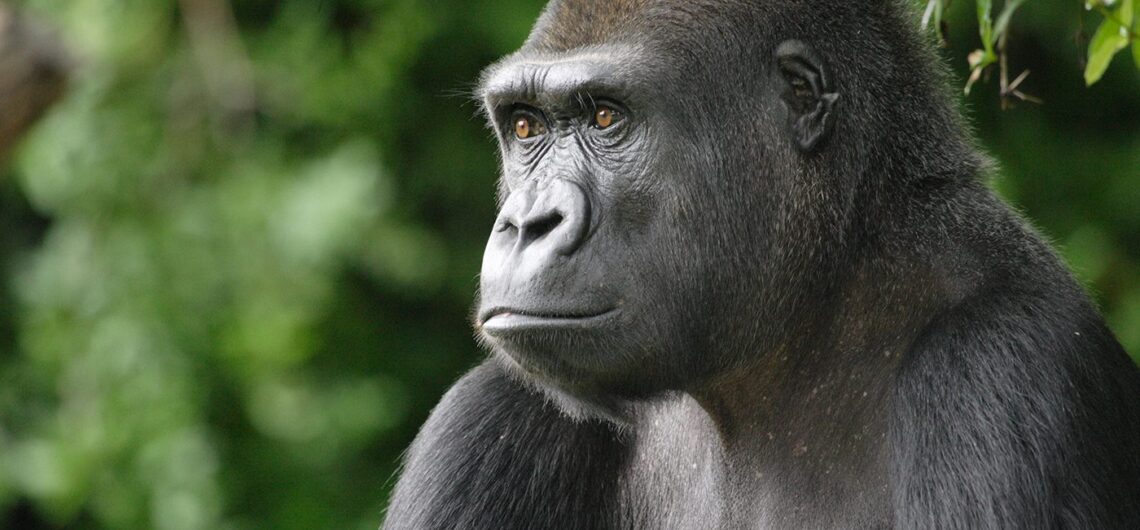Introduction Mabira Forest is one of Uganda’s most significant natural forests, covering approximately 306 square kilometers in the central part of the country. It is situated in Buikwe District, about 56 kilometers east of Kampala, Uganda’s capital, and 26 kilometers west of Jinja, near the shores of Lake Victoria. The forest is an essential ecological and economic asset, providing habitat for diverse wildlife, regulating climate, supporting livelihoods, and serving as a major tourist destination. This document explores the history, biodiversity, environmental significance, conservation efforts, economic benefits, challenges, and future prospects of Mabira Forest. Historical Background Mabira Forest has existed for thousands of years, serving as a critical ecosystem for both flora and fauna. Historically, indigenous communities such as the Baganda and Basoga have depended on the forest for sustenance, using it for hunting, gathering medicinal plants, and cultural rituals. During the colonial period, the British administration recognized Mabira's value and designated it as a protected reserve in 1932. This status aimed to regulate deforestation and ensure the sustainable use of its resources. Over time, the government of Uganda has reinforced its conservation status, although challenges such as illegal logging and land encroachment have persisted. Biodiversity of Mabira Forest Flora Mabira Forest is home to a vast array of plant species, many of which are endemic to Uganda. The forest consists of dense tropical vegetation, including towering hardwood trees like Mahogany (Khaya anthotheca) and Mvule (Milicia excelsa). Other notable plant species include: Prunus africana (used in traditional medicine) Ficus species (important for wildlife food and habitat) Canarium schweinfurthii (source of resin and edible fruit) Fauna Mabira Forest is renowned for its rich animal life. It is home to over 300 species of birds, including the rare Nahan’s Francolin (Francolinus nahani) and the Great Blue Turaco (Corythaeola cristata). The forest also shelters
Introduction Mabira Forest is one of Uganda’s most significant natural forests, covering approximately 306 square kilometers in the central part of the country. It is

